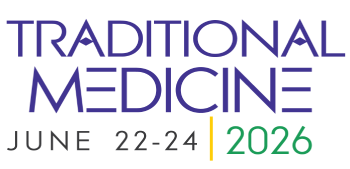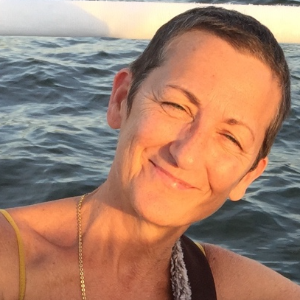Title : The integration of Tibetan and functional medicines with applications to nervous system disorders
Abstract:
Current concepts of Tibetan medicine have been in practice for over 1500 years and modern functional medicine is in philosophical agreement of addressing the systems biology whole. The impact of the integration of Tibetan and functional medicines is reported for nervous system disorders. Nervous system disorders are one of the eight branches of Tibetan medicine and unique compared to other Asian medicines. Tibetan medicine, or Sowa rik pa, is an integrative medicine derived before the seventh century from the synthesis of indigenous Tibetan Bön shamanistic medicine with Ayurvedic, Chinese, Persian, and Galenic medical influences, including the outcome of an International Medical Conference held in Tibet in the 8th century over a period of several years. At the heart of this healing system is a deep connection with nature and the main aim is prevention of illness and promotion of longevity, though therapeutic interventions abound. Tibetan medicine incorporates the three-humor theory of Ayurvedic medicine, referred to as nyepa sum, for a definition of three functional energy systems, or loong (wind), tri pa (bile), and baekan (phlegm). We have previously reported that the three nyepa sum structure of the human nervous system differs from the three nyepa sum function. Nervous system structure is baekan (water and earth), nervous system metabolism is tripa (fire), and nervous system function is loong (wind). Likewise, the nyepa sum constitution changes through life. From birth to age six, baekan predominates as the nervous system and myelin are formed, with subtle changes in adolescence at age 15. From 16-50, tripa predominates when one is energetic in life with physical maintenance through optimal lifestyle. From 50 until death, loong predominates with inner spiritual growth. The taste and potency of nutrition and herbs are utilized to support such structure, function, and changes through life, including for nervous system disorders and to promote longevity. We review such approaches. We share the overlap of Tibetan and functional medicines as relates to nervous system disorders by comparing and contrasting multiple sclerosis, amyotrophic lateral sclerosis, and Parkinson’s disease. We share how the use of functional labs correlates with Tibetan medical theories to provide optimal outcomes for monitoring the effects of Tibetan medicine. Similarly, the theories of Tibetan medicine can help simplify complex data into meaningful patterns and we provide examples of a variety of functional labs that are utilized to help determine Tibetan herb and herb/mineral formulations. This allows targeting nutritional supplements to help stabilize nervous system imbalance. In addition, we review integration of the Neubie direct current device for helping to restore nerve conduction and function. The integration of Tibetan and functional medicines and the Neubie direct current electrical stimulation device provide a synergy that optimizes healing outcomes.
Audience Take Away Notes:
- Familiarity with the uniqueness of Tibetan medicine as relates to other Asian medicines.
- Tibetan medical diagnoses of nervous system and immune disorders and appropriate interventions.
- Familiarity with the functional medicine model and its overlap with Tibetan medicine.
- Benefits of integrating genetics, microbiome, and gene expression analyses with traditional medicine.
- Benefits of the Neubie direct current electrical stimulation device for nervous system disorders.




